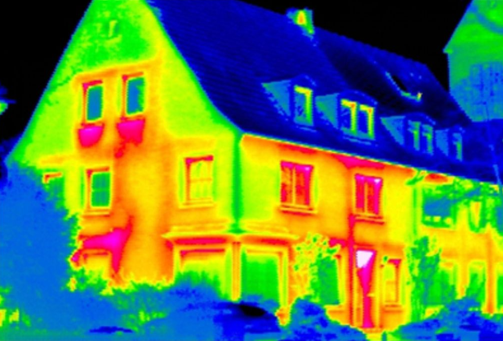thermography
Thermography is infrared photography with which temperature differences of object surfaces are displayed. Thermography works with infrared sensors that detect infrared radiation from body surfaces. This applies to all temperatures above the absolute zero point of 0 Kelvin or -273 °C. This thermal radiation cannot be seen by the human eye.
Thermography is about detecting temperatures and temperature differences. Thermography is technically realized in thermal imaging cameras equipped with infrared sensor arrays that convert the slightest temperature differences into electrical voltages. The resulting voltage image shows a monochromatic image with the temperature differences. Black areas of the image correspond to cold temperatures and bright or white areas of the image correspond to high temperatures. For better clarity, the different brightness areas are colored using image processing so that each temperature is assigned its own color. From the resulting thermal image, the slightest differences in temperature can be detected based on the color differences.
Thermal imaging is used in the search for missing persons, to detect sources of fire, poor building insulation, in human and veterinary medicine to detect sources of infection or thermally highly stressed machine parts.

